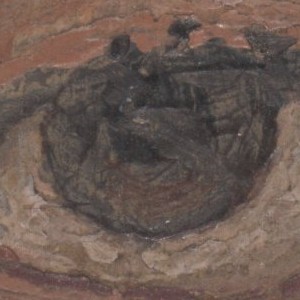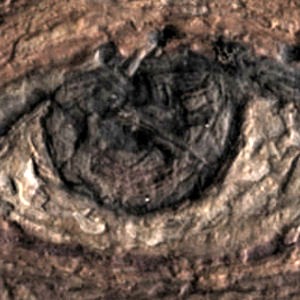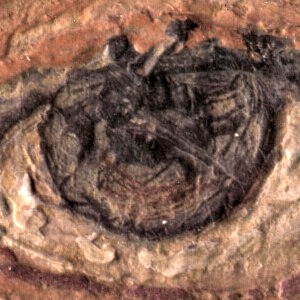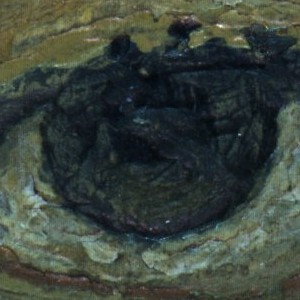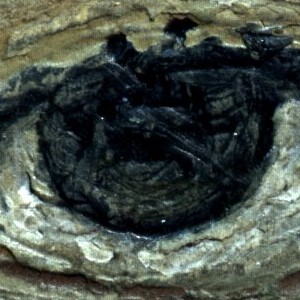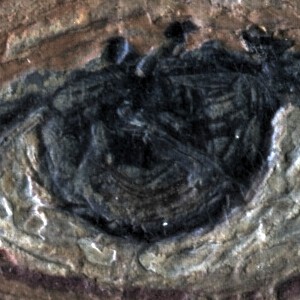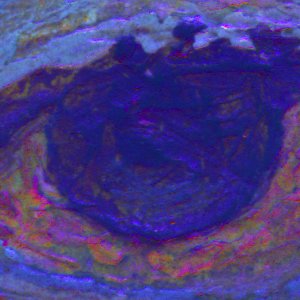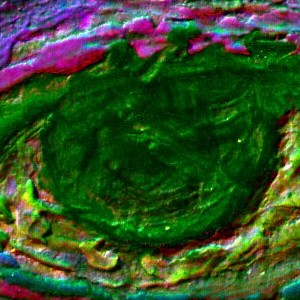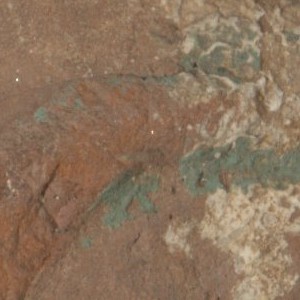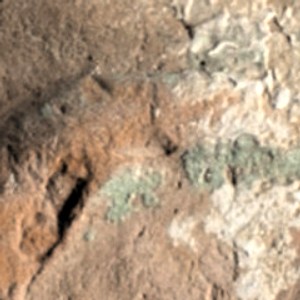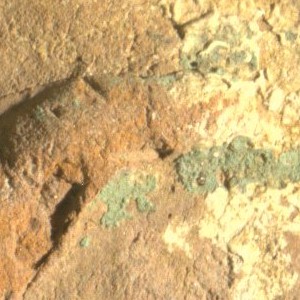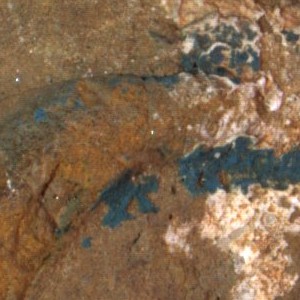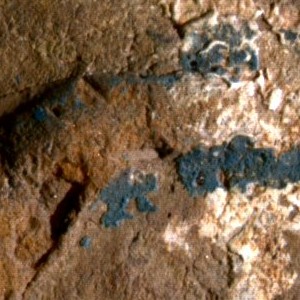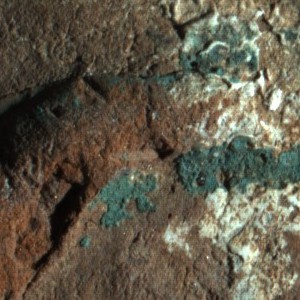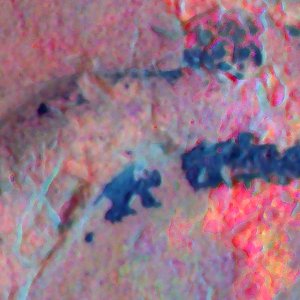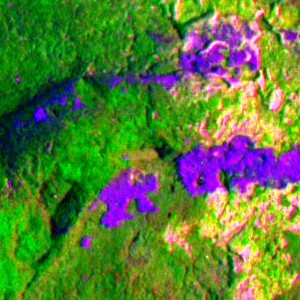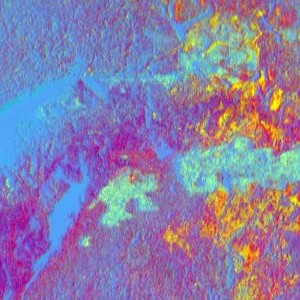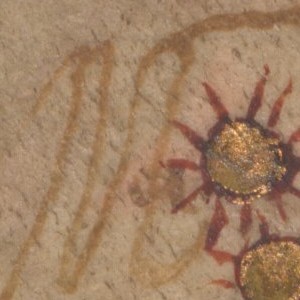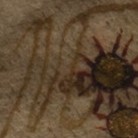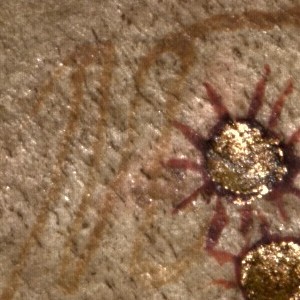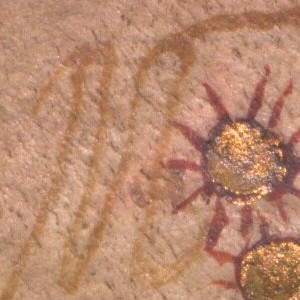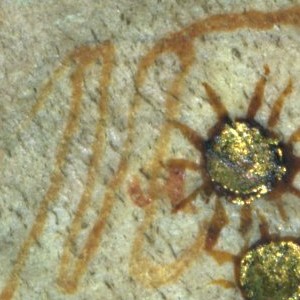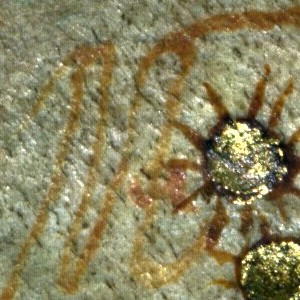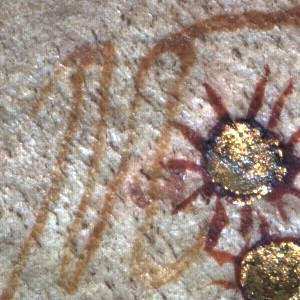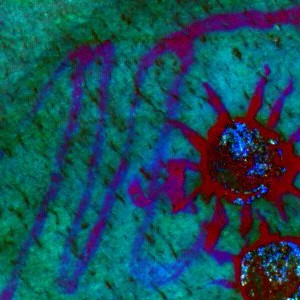Integrating Spectral and RTI
Product Summary
Introduction
This project sought to determine the viability, procedure, and benefits of combining spectral (sometimes called multi-spectral or hyper-spectral) imaging technology with Reflectance Transformation Imaging (RTI) technology. The basic premise is that the two approaches are fundamentally compatible and complementary because spectral imaging primarily addresses reflectance properties of the material (chrominance) and RTI primarily addresses luminance reflectance properties of the surface topography (texture). That is, the color information from spectral imaging can be combined with the texture information (conveyed through highlights and shadows) of RTI.
Both technologies were applied according to established convention as a basis for comparison with two experimental procedures.
The control spectral imaging procedure captured eleven images per object using a fifty-megapixel monochrome MegaVision camera and two banks of Eureka lights (narrow-band diffuse illuminators).
The control RTI procedure captured thirty-five images per object using a DSLR camera and flash.
The first experimental method captured forty-six images (eleven plus thirty-five) per object using the MegaVision camera and the illuminators from both of the established technologies (Eureka lights and flash).
The second experimental method captured 315 images (thirty-five times nine) per object using the MegaVision camera and a prototype Magic Flashlight, which combined the two types of illuminators in hardware.
Like the flash, the Magic Flashlight could be moved to thirty-five positions on a virtual hemisphere around the object.
Like the Eureka lights, the Magic Flashlight could illuminate in narrow bands within and beyond the visual spectrum of light (nine bands from ultraviolet to infrared).
The objects were chosen to test a variety of depth and color complexity.
The palimpsest is relatively flat with texture conveying fine details such as the corrosion of parchment where ink had been, and chromatically simple with the contrast of interest being the contrast between traces of erased ink and blank parchment.
The mummy mask has slightly greater complexity in texture, including strokes of paint, chips of missing paint, and fissures in the underlying wood. The color information is exposed wood and a simple palate of paint.
The terracotta figurine has significant depth, sufficient to test (and show) the limits of the approach, such as the imperfect diffuseness of the Eureka lights. Chrominance comes from terracotta and a few traces of the original paint.
A supplementary object, an illuminated manuscript, has texture from wrinkling of parchment and the thickness of paint. The chrominance is markedly rich.
Each of the control set procedures is capable of limited output.
Spectral imaging produces two-dimensional still images with a variety of enhanced renderings.
Reflectance Transformation Imaging produces interactive images in either Polynomial Texture Map (PTM) format or Hemispherical Harmonics (HSH) format. These files require a freely-available viewer such as the InscriptiFact Standalone Viewer
or the Cultural Heritage Imaging RTIViewer.
Alternatively, one can get a sense of how the RTI viewers function from select video captures.
[Supplement July 9, 2014: It is now possible to use the interactive images in a web viewer with the core interactivity (but not enhancements) of the downloadable viewers.]
Both of the experimental procedures are capable of combining the output of the two established procedures.
Like conventional RTI, the experimental procedures create interactive PTM files, in addition to the series of images at thirty-five angles.
Like spectral imaging, various renderings are possible, three of which are chosen here.
The first rendering is accurate color. Because of the precision of illumination, the MegaVision camera and PhotoShoot software can be calibrated to produce exceedingly accurate color.
The second rendering, "extended spectrum," is new to this project.
It seeks to map the contrasts detectable in the dataset to the contrasts detectable to the human eye, while maintaining a semblance of reality (if humans had nine or more color receptors instead of three).
The effect is that pixels that reflect ultraviolet appear blue and pixels that reflect infrared appear red.
The third rending is pseudocolor, which uses Principal Component Analysis to find the greatest contrasts in a complex data set and render them in contrasts perceptible to the human eye.
Pseudocolor makes no claim to convey color accurately, but solely to illustrate contrasts as starkly as possible.
The tables below contain links to the image products of the project and thumbnail images of a detail from the image (or image sets).
Each object has its own table.
Within each table the rows represent the three rendering methods (accurate color, extended spectrum, and pseudocolor).
The columns represent the capture methods (conventional spectral imaging control set, conventional RTI control set, Eureka lights plus flash experimental method, Magic Flashlight experimental method).
Each cell contains a thumbnail and links to the summary products.
PTM files are included in all cases except for the spectral imaging control set, which is not capable of producing PTM files.
Selections of conventional images are included as well.
The data archive includes all of the angles, and all the captured and processed images which stand behind the summary products included here.
For an explanation of the filenames see the guide to filenames.
Palimpsest
Mummy Mask
Terracotta Figurine
Supplementary Object: Antiphonary

Funded by the United States National Endowment for the Humanities
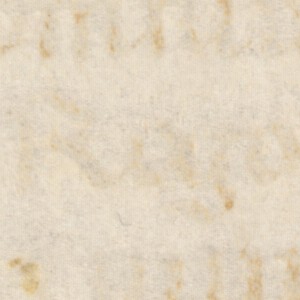 Image
Image
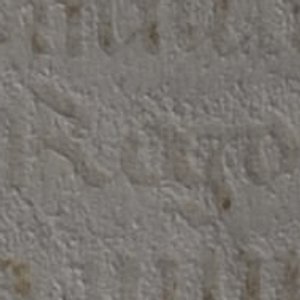 PTM
PTM
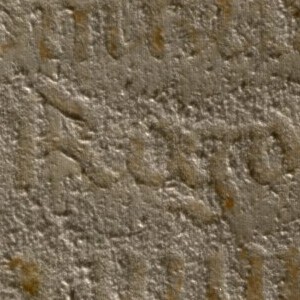 PTM
PTM
 PTM
PTM
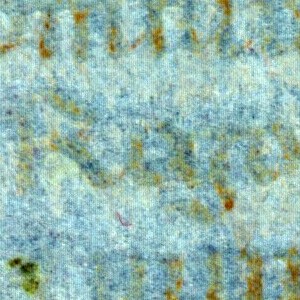 Image
Image
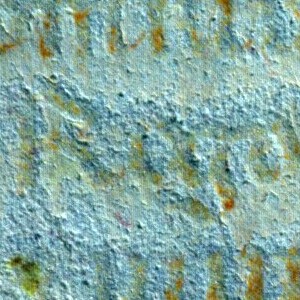 PTM
PTM
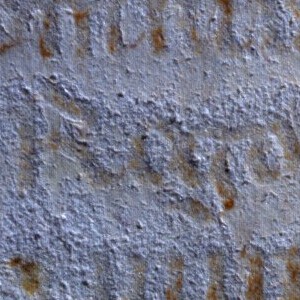 PTM
PTM
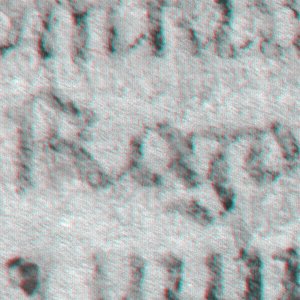 Image
Image
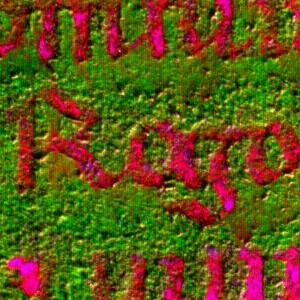
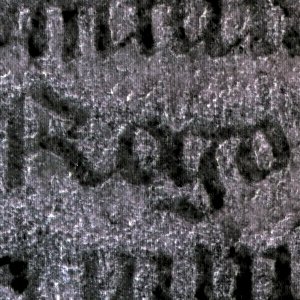 PTM (Local Stats Variant)
PTM (Local Stats Variant)
